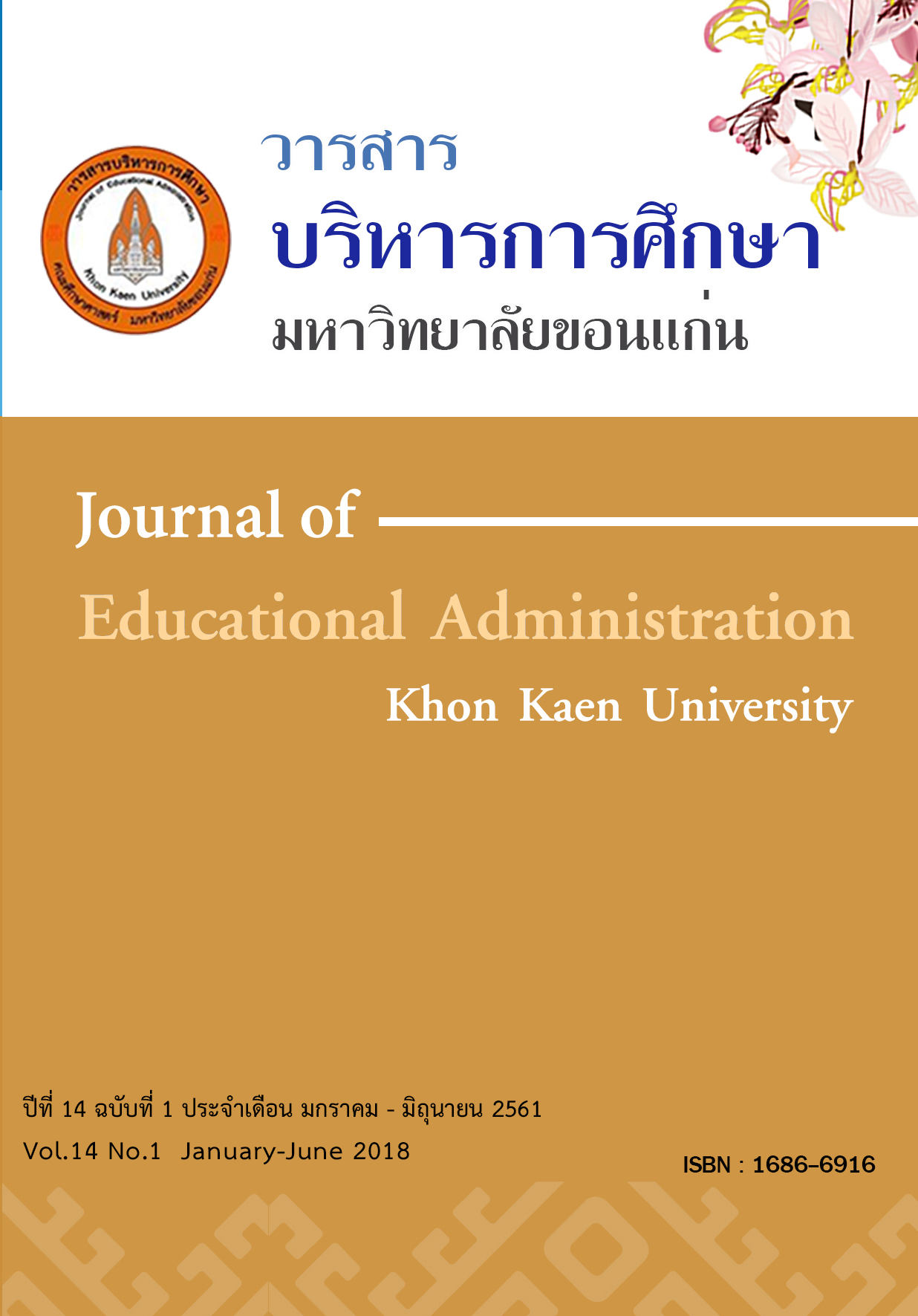A PROPOSED POLICY FOR SOCIAL JUSTICE IN EQUALITY OF ACCESSTO QUALITY EDUCATION FOR BASIC EDUCATION STUDENTS IN RURAL AREAS IN THE NORTHEASTERN REGION UNDER THE OFFICE OF THE BASIC EDUCATION COMMISSION OF THAILAND
Main Article Content
Abstract
The objectives of this policy research were to study the current condition, problems, condition of policy administration, and create a proposed policy for social justice in equality of access to quality education for basic education students in rural areas in the northeastern region of Thailand. The research has three phases. 1) surveying about basic education contexts that consisted of three steps which were documentation research, professional in-depth interviews and problem condition surveying from sample group. 2) proposed policy developments which were making a draft of proposal, proposed inspections by stakeholders and inspections by professionals. 3) proposed policy confirmation which the results of this research showed below.
1) Problem conditions found that in terms of teachers’ quality, in a part of learning process arrangement for making learners could connect their knowledge to real life, practice thinking skill, were in a highest level for another indicators were in a high level. In terms of school curriculum found that were in a high level. For a part of facilities found that all of indicators were in a high level. For fair resource allocation, found that an indicator for schools which had a special need were allocated the resources for problem solving, were in a highest level, an indicator for learners who had a special need got a full potential of education, was in highest level , In terms of process arrangement of teaching and learning, was in a high level. Lastly, for students’ learning achievement, was in a high level.
Condition of policy administration found that in terms of teacher’s quality still lack of professional developing system which would develop teacher efficiently, and be useful to students directly. Secondly, for a part of school curriculum, schools should get support from educational service area or institution of higher education to develop curriculums. Thirdly, in a part of facilities, most of schools in rural must seek for budget support themselves. Fourth, a part of fair resource allocation, it still be found not equal. In terms of process arrangement of teaching and learning, could not promote teachers to teaching by focusing on learners yet. and a part of students’ learning achievement, their study results somewhat low when got comparing with urban area school, and there was no any operation for solving this problem by policy to be seen now.
2) A proposed policy for social justice in equality of access to quality education, here was inputs consisted of 1) Teachers’ quality had 12 target; 12 path; 12 device. 2) School curriculums had 5 target; 5 path; 3 device. 3) Facilities had 2 target; 2 path; 2 device. 4) Fair resource allocation had 5 target; 5 path; 5 device. In terms of processes consisted of 1) Process arrangement of teaching and learning had 2 target; 2 path; 2 device. The last one was a part of outputs, consisted of 1) Students’ learning achievement had 4 target ; 4 path; 3 device.


